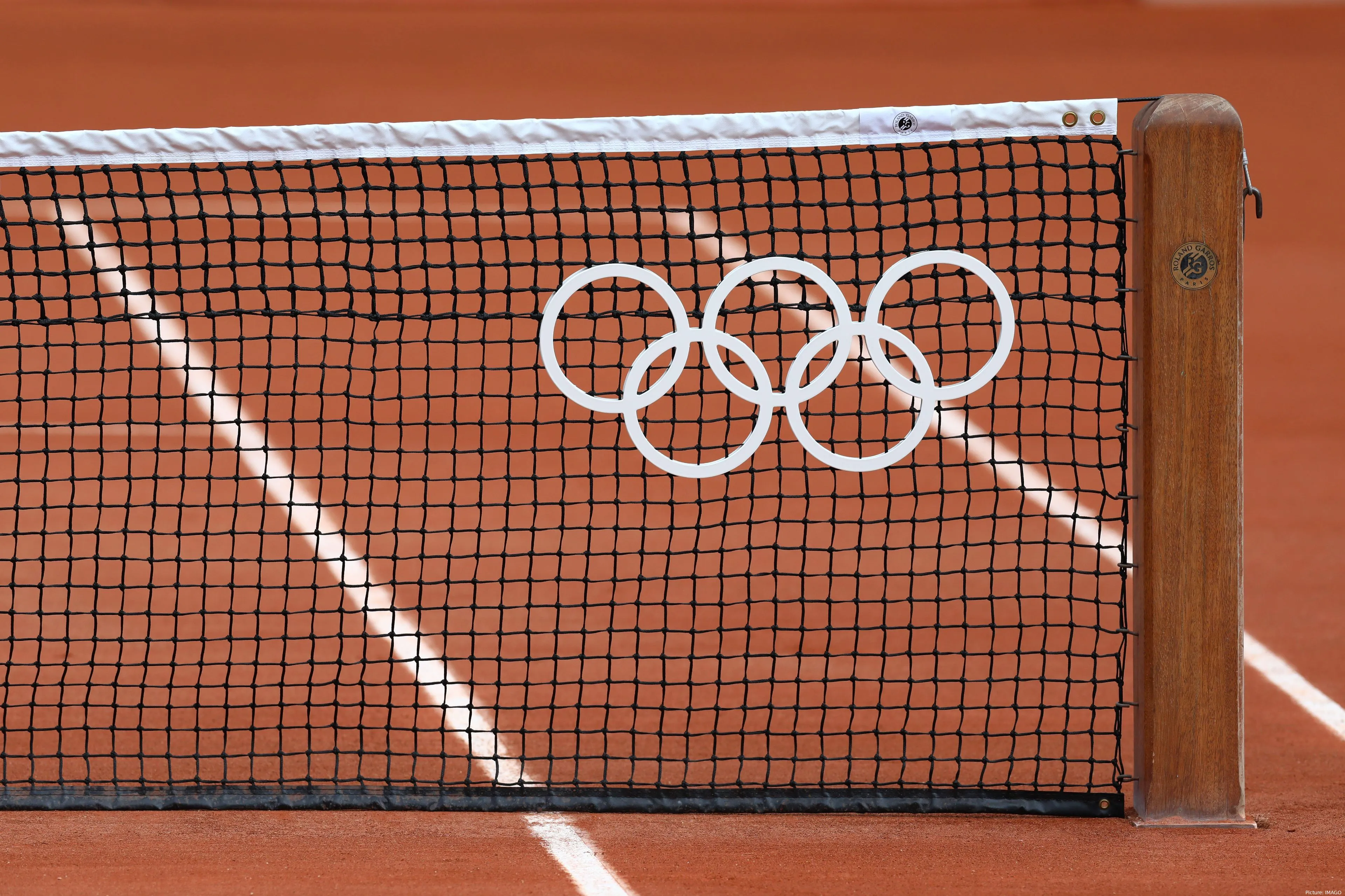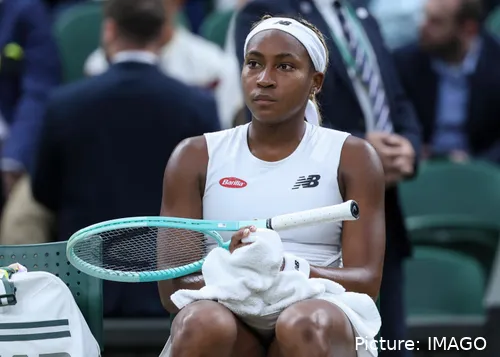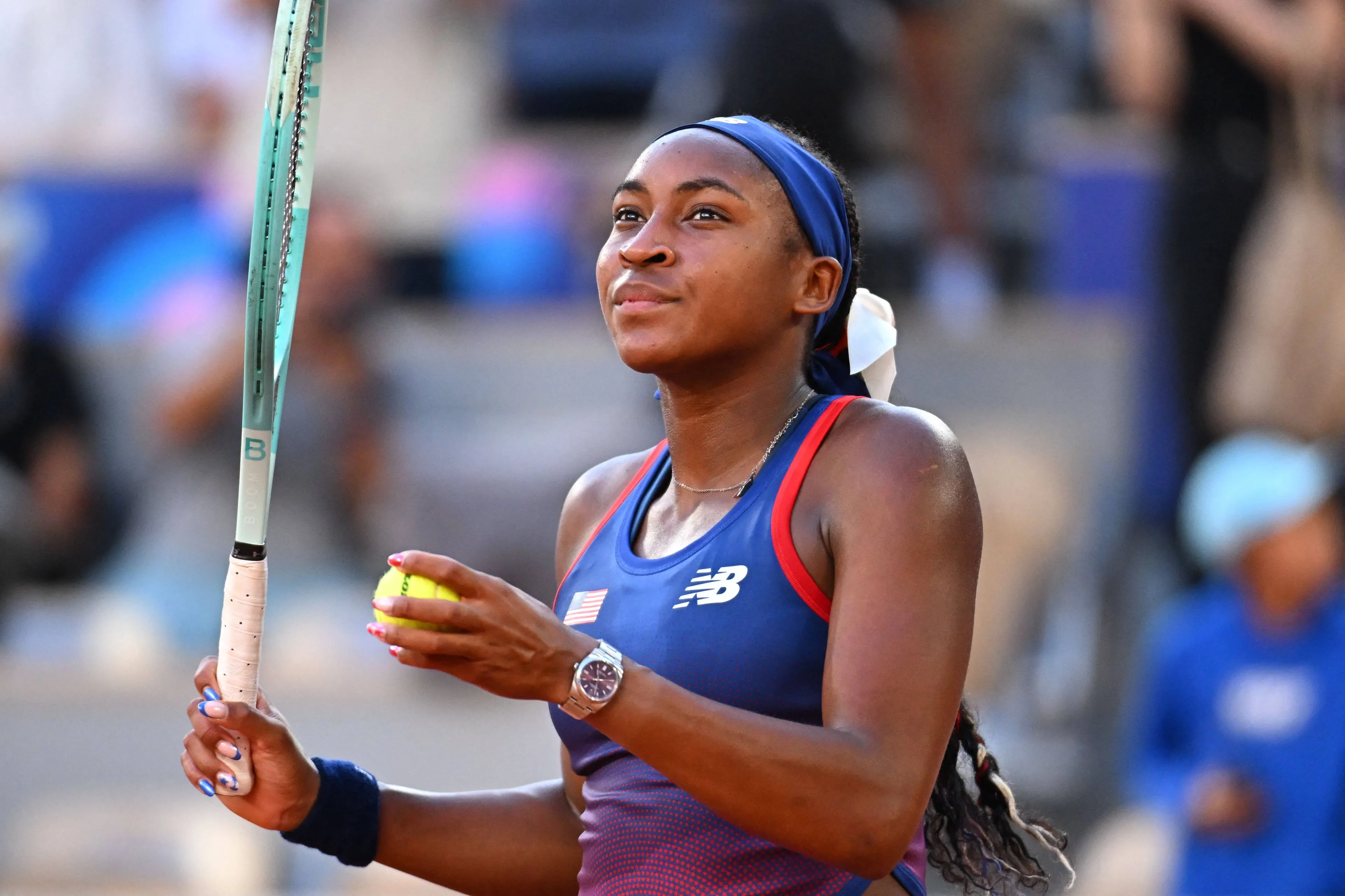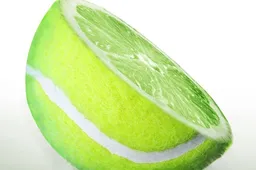Women's Tournament Preview 2024 Paris Olympic Games as Swiatek, Gauff, Paolini vie for gold medal glory
WTAFriday, 26 July 2024 at 15:19

The Olympics are upon us, and we have the WTA draw out, so we know whom Iga Swiatek will face in her potential first gold medal run. Coco Gauff is another player hopeful of a gold medal, and we also know what her draw looks like. Let’s check it out.
The highly anticipated 2024 Paris Olympics are finally here, promising to be a pivotal event that could solidify the legacies of several players. Will Iga Swiatek continue her clay dominance, or will Coco Gauff disrupt her reign in Paris? With these compelling questions in mind, let’s delve into the draws and the potential matchups that await us.
Top favourite Swiatek
No player has a higher chance of winning the gold medal than Iga Swiatek. She’s been a standout performer on clay for a very long time, and her Roland Garros track record proves it. She’s won it four times and has a 35-2 overall record at the event. She won 31 of the last 32 matches played, including 7 this year, en route to another trophy run.
Read also
It’s been an utterly spectacular run so far at the event, and it’s just too hard to imagine anybody really beating her here. However, she’s got a pretty tough draw having to face Irina Begu in the openig round. That’s a tricky one, and it won’t get easier in the 2nd round with either Nadia Podoroska or Diane Parry. Caroline Wozniacki is also in her quarter, which would be a pretty fascinating cat-and-mouse match.
One player to watch in her side of the draw is Karolina Muchova. Although she is not seeded highly, she made the final two years ago and actually nearly beat Swiatek in the final.
Gauff second seed in Paris
The second seed, which is probably the most likely to win gold behind Swiatek, is Coco Gauff. She stood in the final here in Paris before and actually lost to Swiatek this year as well. It seems like the only player who can really beat her on clay in Paris is Iga Swiatek, and that’s a pretty good spot to be in if you’re Coco Gauff.
As the second seed here, she can only face Swiatek in the final, but getting there will take a few matches. It won’t be easy, though, as she got Ajla Tomljanovic in the opening round, which is a really tricky matchup. Sure, Tomljanovic isn’t the best on clay, but she can play on it, and if Gauff isn’t careful, that might get a bit iffy.

Coco Gauff is flag bearer for USA and will hope to anchor home hopes.
Coco Gauff's journey to the final won't be a walk in the park. She could potentially face Tatjana Maria in the second round, with Donna Vekic or Bianca Andreescu waiting in the third round. The American has a tough road ahead, but she's more than capable of overcoming these challenges. With formidable opponents like compatriot Jessica Pegula and Maria Sakkari in her quarter, the competition is fierce.
Dark Horses
A couple of players who could make a run out of the shadows are also important to note. Chiefly among them is Jasmine Paolini, who made the Roland Garros final earlier this year. Not only did she make the final, but she also made the Wimbledon final, proving that her current form is legit. Her draw is also pretty tough, as she might need to face tennis phenom Mirra Andreeva early on.
That’s only if she beats Ana Bogdan in the opening round, which won’t be easy either. The rest of her draw doesn’t look too complicated, but there are some notable names in there, such as Jessica Pegula and Elina Svitolina.
Read also
Those two are also players to watch because both can do some damage. Pegula’s hitting will always be dangerous on clay, and Svitolina has certainly proved to be really good on lay as well. Both are in the same quarter, so only one of them will get out, and whoever does likely faces Paolini. Gauff is also on that half of the draw.
Qinwen Zheng and Caroline Garcia are two players to watch for their skill set. Both have a powerful serve, which is useful on clay, and both hit the ball very flat, which can work well as well. They are facing each other in the opening round, which is a great matchup, and whoever wins might do some damage in the next rounds.
Either way, it’s a very interesting draw with lots of fascinating matchups. The event starts in a few days. Stick with us so you don’t miss anything, as the pace of the event will be really quick. The competition is fierce, and every match promises to be a battle.
Early Years and Initial Inclusion
- 1900 Paris Olympics: Women's tennis was first included in the Olympics. Charlotte Cooper of Great Britain became the first female Olympic champion by winning the women's singles gold.
Interruption and Absence
- 1924 Paris Olympics: This was the last appearance of tennis at the Olympics before it was dropped due to disagreements over amateurism rules between the International Lawn Tennis Federation and the International Olympic Committee.
Reinstatement and Modern Era
- 1988 Seoul Olympics: Tennis was reintroduced as a full medal sport. Steffi Graf of Germany won the singles gold, completing her "Golden Slam" by winning all four Grand Slam titles and the Olympic gold in the same year.
- 2000 Sydney Olympics: Venus Williams of the United States won both the singles and doubles gold medals, the latter with her sister Serena Williams, marking a significant moment for women's tennis.
Recent Developments
- 2004 Athens to 2016 Rio Olympics: The women's tennis competition saw various champions, including Justine Henin (Belgium), Elena Dementieva (Russia), and Monica Puig (Puerto Rico), who won her country’s first-ever Olympic gold medal in 2016.
- 2020 Tokyo Olympics: Belinda Bencic of Switzerland won the singles gold, continuing Switzerland's strong presence in Olympic tennis.
Notable Achievements
- Williams Sisters: Serena and Venus Williams have won multiple gold medals in both singles and doubles, solidifying their legacy as two of the greatest women's tennis players in Olympic history.
- Steffi Graf: Her achievement of winning the "Golden Slam" in 1988 remains one of the most remarkable feats in tennis history.
The history of women's tennis at the Olympics reflects the broader evolution of the sport and the increasing participation and success of women in competitive athletics. From its beginnings in the early 20th century to the current era, women's tennis has grown significantly, showcasing extraordinary talent and enhancing the global appeal of the sport.
claps 0visitors 0
Just In
Popular News
Latest Comments
- How is this tennis news? Have the Williams' PR people stopped inundating you with their insignificant non-tennis releases?
- At this point WTA's concern is clear -- None! After the players' consistently ignored issues and suggestions are shelved the obvious approach for the players is to refuse participating until WTA (and ITIA) make a serious, concerted effort to LISTEN and come to an agreement on potential issues. Look, no one but these players know -- and feel -- the results of ever-increasing regulations and mandatory participation demanded by the Tennis Executive Elite.
- Nice article!
- I hope Carlos is not making a mistake. If it ain't broke, don't fix it!
- Shamil Tarpischev is losing all his female Russian players. Ekaterina Alexandrova next? Prague calling!
- I am so proud of her! 😉
- Amazing player.
- GO AWAY !!!!
- King and Williams -- the two people in Women's sports I dislike the most (for differing legitimate reasons).
- "Lose, Lose" ?? Yes, but not for other women; just this one. However this sort of nonsense has the potential to bring new people to the sport. As I recall, that was one result of the Riggs-King 'match'.
Loading









